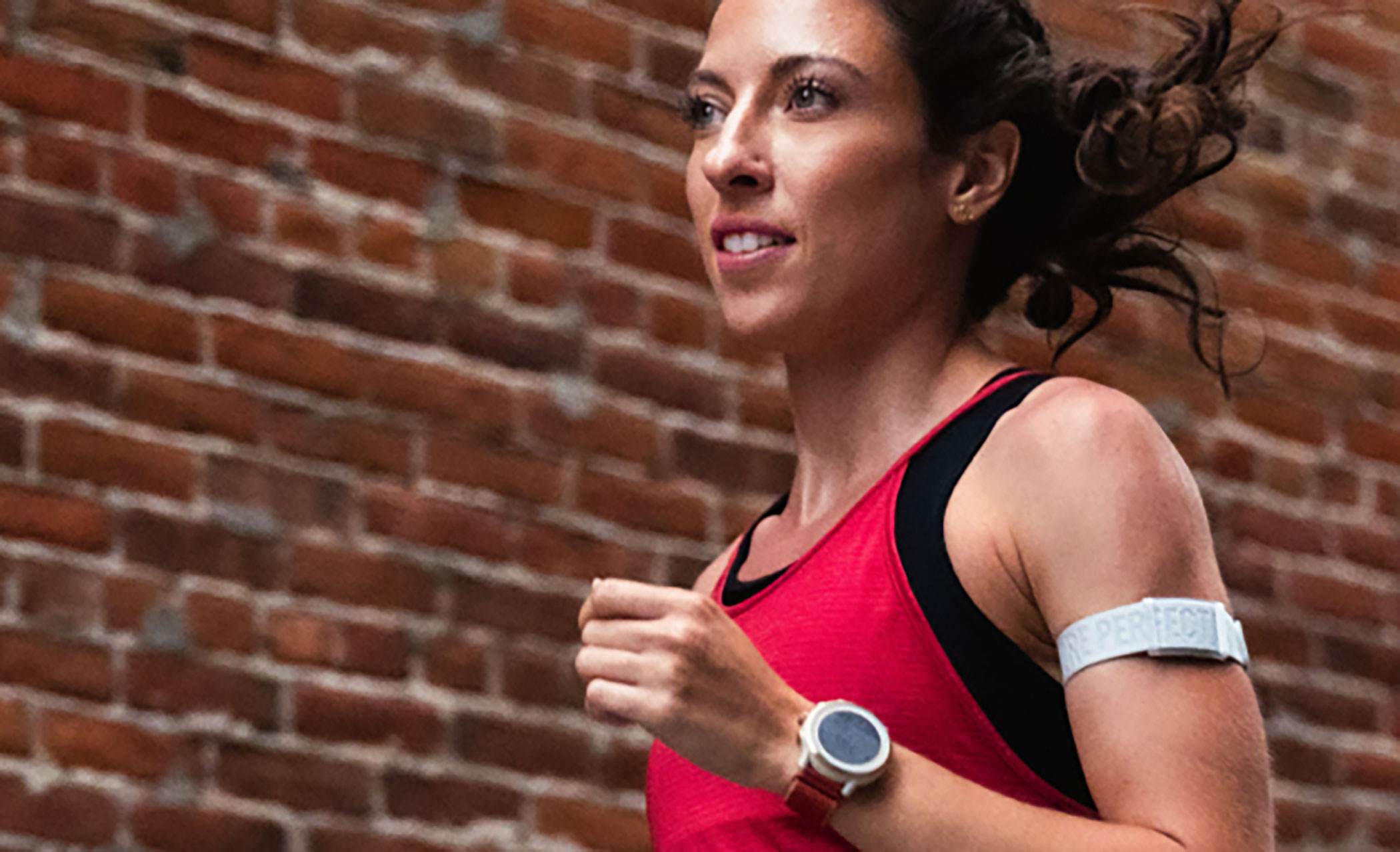
Image courtesy of COROS
Wrist-based heart rate readings have done me dirty more times than I can count. My watch either tells me I’m redlining when I’m just cruising along at easy pace, or thinks that I’m barely awake when I’m actually wheezing my way through the hardest intervals of my life. On occasion, it’ll display a number somewhere in the middle that hints at accuracy … but given the aforementioned outliers, I’m hesitant to put much stock in anything it reads.
The new COROS Heart Rate Monitor, which was released today, is doing things differently. (It was even named one of TIME’s Best Inventions of 2023.)
Plenty of factors outside of a runner’s control can impact wrist-based heart rate assessments. Temperature, both environmental and bodily, is a notorious one. If you’ve ever lost feeling in your fingertips from running in the cold, or accumulated a ring of sweat underneath your watch in the summertime, those changes in ambience can easily throw the HR sensors in a watch for a loop. Watches can also confuse cadence with pulse. Any such jostling, for that matter, feeds a watch multiple conflicting streams of information that it swaps out for HR in any given moment. That’s pretty hard to avoid in a sport like running where you’re literally bounding, bouncing, and swinging your arms with every step. And for other sports like climbing, skiing, or swimming, watches get bumped around (or removed from the wrist entirely) in many instances.
Some runners give up on training by heart rate all together in favor of the good ol’ RPE scale. Others turn to chest straps that do offer significantly more accuracy compared to wrist-based monitors, unless they happen to slip out of place. The second that happens, you’re back to square one. That’s an especially tough one for the ladies; boobs and sports bras bear enough baggage.
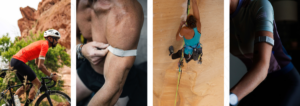
So when COROS developed an external heart rate monitor as a supplement to the sensors built into each watch model, the brand eschewed the traditional chest placement. Accuracy under perfect conditions doesn’t equate to accuracy in general practice. The company felt that the finicky nature of chest straps likely wouldn’t do much to improve on readings from the watch. Instead, COROS aimed for reliability by way of practicality.
The COROS Heart Rate Monitor takes its measurements from the upper arm. This positioning takes everything about readings from the wrist and amplifies the accuracy. It’s similar to what Polar does with its Verity Sense monitor.
“Optical heart rate sensors work by using light to measure blood flow in capillaries beneath the skin,” explains Ben Clark, senior manager of commercial partnerships at COROS. “The top of your wrist is a great place for a watch, but the lack of deep tissue there makes it a challenging location for even the best sensors. Wearing on the arm offers our optical sensor an optimal amount of blood flow to gather heart rate data.”
Like so many runners, I have a vain side. We’re out there to work hard, but we might as well look good doing it — right? So I have to admit that the idea of heading out to the trails with a conspicuous strap around my arm didn’t sit too well with me at first. And what about the tan lines?! I have a wedding to go to next week, after all!
But also like most of us, I do ultimately care more about running than pretty much anything else. The allure of access to accurate data won out over vanity in the end. If anything, a zebra stripe on my bicep would make a good conversation-starter.
Until then, it’s worth the risk. The strap feels soft and secure on the skin. Textured indents on the fabric hold it in place without the use of traditional grippy silicone that often peels off (and takes some skin cells with it). I used a little Body Glide under the strap on my first run with it to prevent chafing, but not on the second — and found that I wasn’t any worse off going without. The strap doesn’t budge, even on my unusually muscular arms compared to most runners, so there’s no real chance for rubbing to occur in the first place.
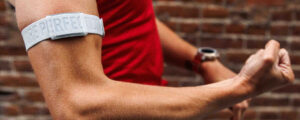
Image courtesy of COROS
The whole system is surprisingly low-profile. The heart rate monitor itself slides along the strap for easy positioning wherever it’s most comfortable and rises up a mere 9.9 mm off the arm. Since the monitor has to make direct contact with the skin, its slim design is less a matter of comfort and more one of functionality. It needs to be able to fit under layers and through hydration vest straps without getting in the way in order to be versatile enough for consistent use.
Living in Colorado’s Vail Valley, I don’t want to get used to something that won’t work well under the three jackets I have to don every morning from December through March. But that won’t be a concern here. I subjected myself to layering the monitor under my three trusty jackets in the July heat, just to make sure. You’re welcome.
Whether underneath multiple layers or none, COROS’ heart rate monitor won’t intrude on your run. I even forgot I was wearing the strap until I’d already hopped in the shower. Good thing it’s waterproof!
The same goes for the technological aspect. It’s a “set it and forget it” system. Once the initial pairing’s taken care of, your COROS watch will automatically connect to the monitor and employ the data. You’ll know that it’s getting the reading from the monitor rather than the watch sensor by an icon on the “start” screen before you get going, as well as the label “external” on the heart rate screen once you’re off and running.
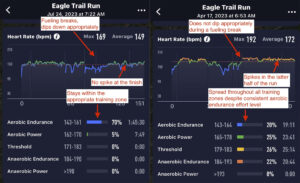
The screenshot on the left is with the COROS Heart Rate Monitor, while the one on the right is using the wrist-based sensor only.
I noticed a difference in my heart rate readings right away. Without the monitor, my apparent heart rate tends to rise as high as a whopping 190 toward the end of most runs, even on easy days. The monitor quashed this trend for a more consistent read throughout. While the number does fluctuate more frequently than it did from wrist-based measurements alone, it stays within the appropriate range instead of spiking to extremes out of nowhere. Not only that, it offered a much lower average heart rate than I’d been seeing from just my watch. This was a pretty relieving discovery; I’d started to legitimately worry that there was something wrong with my cardiovascular system when almost every single run resulted in an abnormally high heart rate. The more realistic readings from the monitor confirmed that environmental factors (as well as poor circulation to my extremities courtesy of Raynaud’s disease) were more to blame than my heart itself. Phew!
I’ve gotten used to relying on RPE rather than outside data when it comes to gauging intensity on the run. While that’ll remain a useful skill to have in my mental toolbox, I’ll appreciate being able to pair that internal measurement with an external gauge as well.
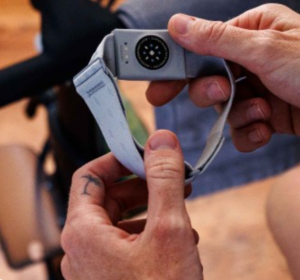
No metric (no matter how fine-tuned) beats the power of knowing one’s own body. But it can deepen that knowledge. By providing a more accurate and nuanced reading via a comfortable system that athletes will actually want to wear, COROS offers athletes a tangible foundation for building bodily trust. Reliable metrics, like the readings from COROS’ external heart rate monitor, put sensations in context. They give an athlete who might otherwise lack confidence in the body reason to trust its signals. Self-awareness grows into self-assurance.
So I don’t see the monitor as just another gadget for gadget’s sake. It’s a gateway into a stronger sense of intuition.
Updated: This article was updated on Oct. 24, 2023, with the announcement of the best-invention honor from TIME.
Lucie Hanes is an avid writer and adventurer on rock and trail with a passion for sharing her outdoor enthusiasms through journalism and mental strength consultation.
 Your Privacy Choices
Your Privacy Choices